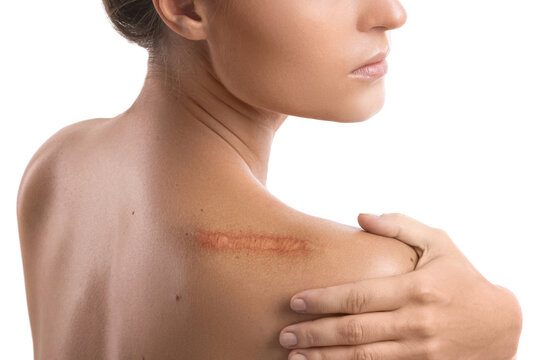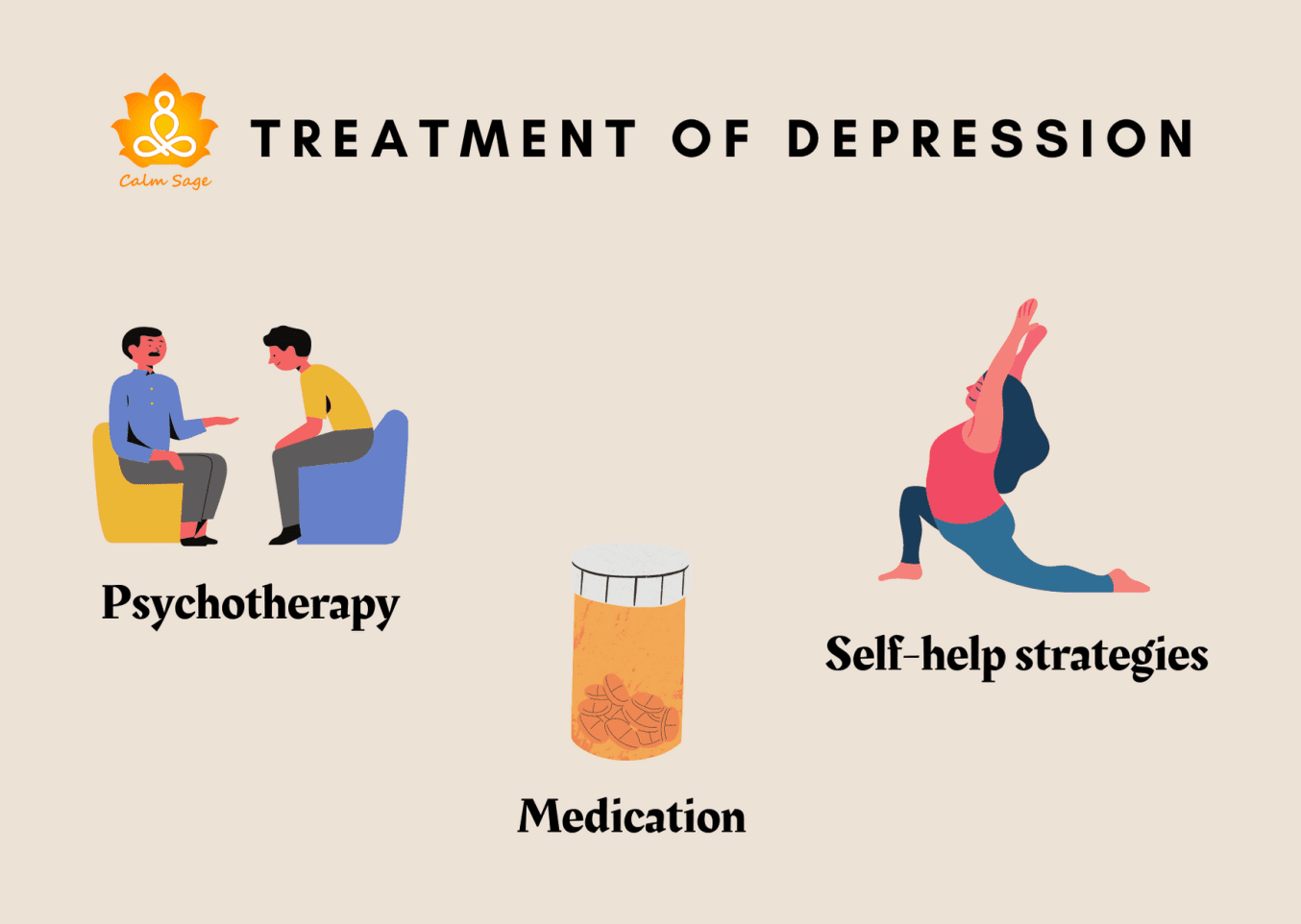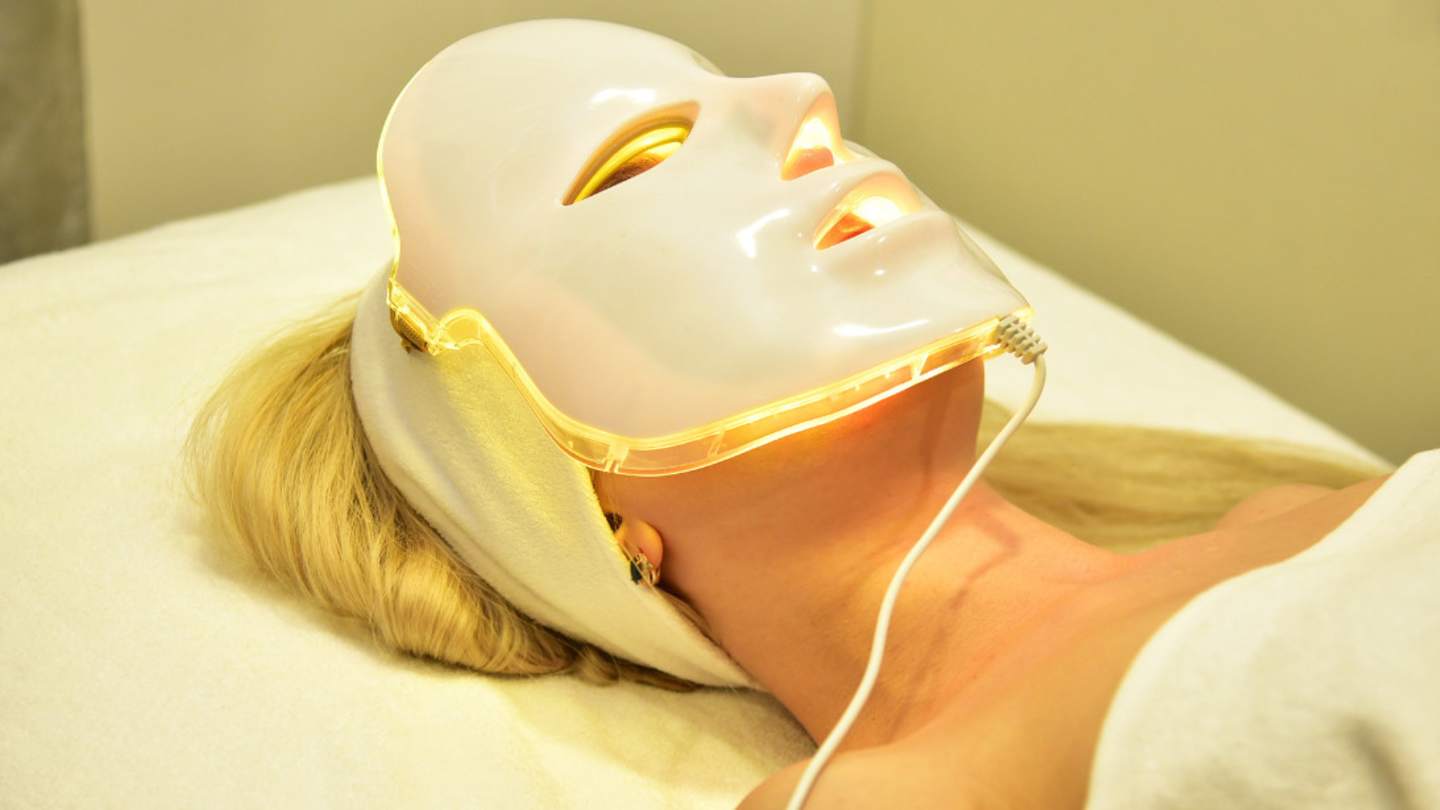
When the body repairs a wound, it normally produces scar tissue to protect and heal the injured area. In some cases, however, the healing process goes beyond what is necessary, producing an overgrowth of dense, fibrous tissue that extends beyond the wound site. This type of scar is known as a keloid, and while it is not life-threatening, it can be physically and emotionally challenging for those who develop them.
Contents
What Makes Keloids Different from Other Scars?
Unlike regular scars that eventually fade and flatten over time, keloids remain raised, firm, and may continue to grow. They can appear shiny or smooth and often take on a darker color than the surrounding skin. The most distinct feature of a keloid is its ability to expand beyond the boundaries of the original wound, sometimes becoming significantly larger than the initial injury.
Keloids can occur anywhere on the body, but they are most common on the chest, shoulders, upper back, earlobes, and cheeks. They often develop after skin injuries such as piercings, burns, acne, or surgical cuts, though they can occasionally appear without an obvious cause.
Who is More Likely to Get Keloids?
Research shows that certain factors can increase the likelihood of developing keloids:
- Family history – Genetics play a significant role; if close relatives have keloids, the chances are higher.
- Age group – People between 10 and 30 years old are more likely to develop them.
- Skin tone – Individuals with darker skin tones, including African, Asian, and Hispanic heritage, are at higher risk.
- Type of injury – Piercings, surgical wounds, burns, and even minor scratches can trigger abnormal scar growth.
Symptoms to Recognize
Keloids do not always appear immediately after a wound heals; they may take weeks or months to develop. Common symptoms include:
- Firm, raised lumps over the skin
- Continuous growth beyond the wound site
- Changes in skin color (pink, red, brown, or purple)
- Itchiness or discomfort
- Sensitivity or tenderness in some cases
Although keloids are benign, they can cause self-esteem issues, especially when they appear in visible areas.
Treatment Options for Keloids
There is no single guaranteed cure for keloids, and they have a tendency to return after treatment. However, various methods can help reduce their size, flatten them, and improve their overall appearance.
- Steroid Injections
Corticosteroid injections can reduce inflammation and soften the scar tissue. This is a common first-line treatment that may require several sessions. - Laser Treatments
Laser therapy can help fade discoloration and smooth out the texture of keloids. It is often combined with other treatments for better results. - Surgical Removal
In cases where the keloid is particularly large, surgical excision may be an option. However, this method carries a high risk of recurrence unless paired with follow-up treatments. - Cryotherapy
Using liquid nitrogen to freeze keloids can reduce their size. This works best for smaller scars. - Silicone Sheets and Gels
Applying silicone products to the scar area can help flatten and soften keloids over time. - Pressure Dressings
Pressure garments can limit blood supply to the scar, which may slow growth and make the keloid less noticeable.
Prevention Tips for Those Prone to Keloids
If you are at higher risk of developing keloids, taking preventive measures can be extremely helpful:
- Avoid unnecessary piercings or tattoos.
- Treat acne promptly to prevent scarring.
- Protect healing wounds from infection.
- Use silicone gel or sheets during the healing process.
- Follow medical advice after surgeries to reduce abnormal scarring.
Living with Keloids: Emotional and Physical Considerations
For many, keloids are more than a skin condition—they can impact self-confidence, especially if they are on visible areas like the face or neck. It’s important to remember that while complete removal may not always be possible, modern dermatological treatments can significantly reduce their appearance.
Some individuals choose to leave their keloids untreated if they are not causing physical discomfort. For others, seeking treatment can improve both appearance and comfort. Dermatologists can create a tailored treatment plan based on the size, location, and type of keloid.








